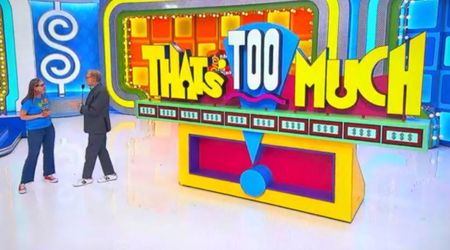What does QR code stand for? Its incredible history goes back further than you'd think

What was invented for labeling automobile parts has become one of the essential things of the modern world. The importance of the QR code is often overlooked due to its abundance, especially in the post-Covid era. While QR has become a staple for "contactless" transactions of information and money, many don't know what the initials stand for, how it works, or who invented it.

What does QR stand for?
QR stands for “quick response” code. Essentially, it works like a barcode but it is much more capable. Barcodes only store information horizontally whereas a QR code stores information on both axes, vertical and horizontal. This enables the QR to hold over a hundred times more information than a simple barcode, as per Govtech Singapore.

Where did the QR code come from?
The two-dimensional matrix code was developed by Japanese engineer Mashiro Hara, who worked for DENSO, a Japanese manufacturer which contributed to the creation of the bar code.
Hara and his team came up with the QR code in 1994 when the company was approached by automakers who needed something better than barcodes. Their clients complained that the barcodes were no longer capable enough to cater to their needs as they could hold only 20 characters of information each.
According to IFLScience, the automakers were thus, forced to use numerous bar codes on their boxes as their inventories grew. They argued that scanning multiple barcodes was highly inefficient for its workforce, and they needed something better.
Thus, Hara and his team got to work. During the development process, an epiphany came when Hara, looked at a board of the strategic game "Go". Looking at the checkered matrix, it struck him that the arrangement could become a large mass of information, Hara told The Guardian in 2020.
When they came up with the standard QR code, it could store "up to 7,089 numeric characters, 4,296 alphanumeric characters, 2,953 binary bytes," which was significantly more than a simple barcode.
Furthermore, it turned out to be extremely durable as it could be read by scanners even when the code was distorted or obscured.
The QR codes proved to be a huge success at Japanese car factories. However, their application went beyond and found a place in almost every industry, from finance and hospitality to tracking vaccinations during the pandemic.

“I’m really pleased that it’s been used to help improve people’s safety. Back in 1994, we were focused on its use in the economy … we never thought it would be used for something like this,” Hara added in the Guardian report. Now, Hara is set to take the QR code to another level.
QR 2.0 is coming soon
On his maiden visit to India last year, Hara revealed that he was working on the next version of the QR code. Speaking to reporters at the Ahmedabad Design Week 4.0, Hara said the new code will be called QR 2.0 and it will be very different from the present one.
He said that, unlike decades-old black-and-white designs, QR 2.0 would have more colors and may even come in a rectangular shape. Hara said that the new code will also be able to store much more information than the standard QR, CNBC reported.




















